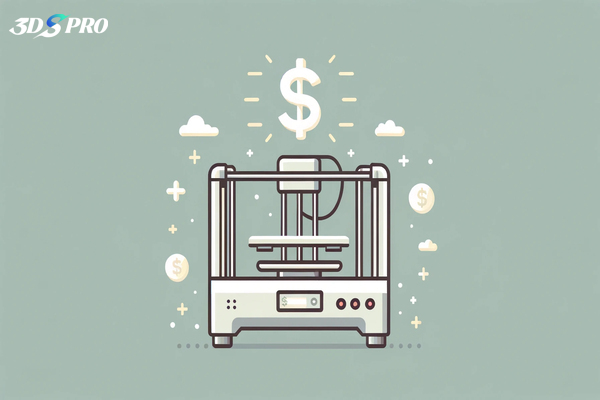3D Printing Technologies
In 2025, multiple 3D printing technologies will continue to gain widespread popularity and attention.
Selective Laser Melting (SLM) will continue to be favored for its high precision and ability to produce complex metal parts.
Fused Deposition Modeling (FDM) will remain popular for its versatility and cost-effectiveness, especially for hobbyists, prototyping, and small-scale production.
Stereolithography (SLA) and Digital Light Processing (DLP) will be widely used due to their high resolution and excellent surface finish. SLA and DLP are particularly well suited for producing complex models, dental implants, and jewelry because they can create fine details and smooth surfaces.
More importantly, Hybrid Manufacturing, which combines additive and traditional manufacturing methods, will become more prevalent. Hybrid manufacturing offers the best of both worlds, combining the precision and flexibility of 3D printing with the scalability and material properties of traditional manufacturing techniques.

Popular Materials and New Materials
In 2025, popular 3D printing materials such as PLA (polylactic acid), ABS (acrylonitrile butadiene styrene), and nylon are still widely used due to their versatility, durability, ease of printing, and cost-effectiveness.
On the other hand, conductive polymers have attracted attention due to their ability to manufacture electronic components through printing directly. As the industry moves towards sustainability, biodegradable plastics and bio-based resins are gaining popularity.
Moreover, stronger, lighter metal alloys, such as NASA alloy GRX-810 and MIT titanium, are being developed to meet advanced manufacturing needs, particularly in the aerospace and medical fields.
4D printing materials, which can change shape or function over time in response to stimuli like heat, moisture, or light, are also emerging as a significant trend.
Who uses 3D printing in 2025?
Aerospace and Defense
Produce lightweight, high-strength components to improve fuel efficiency and performance.
Healthcare
Customized prosthetics, implants, and bio-printed tissues and organs to provide personalized solutions for patients.
Automakers
Rapid prototyping, tooling, and end-use parts to streamline production processes and increase design flexibility.
Consumer Goods
Customized products, from home furnishings to fashion accessories, meet the growing demand for personalized items.
Building and Construction
Building components and entire structures, promoting sustainable development and reducing construction waste.
Education and Research
hands-on learning, prototyping and innovative research projects.
New 3D Printers
At CES 2025, Creality unveiled the Hi Combo, featuring the innovative Creality Filament System (CFS) for smooth and efficient multi-color printing. Excitingly, Bambu Lab is set to release its flagship product in the first quarter of 2025. We can expect more groundbreaking 3D printers from various brands throughout the year.
How to plan my project?
At 3DSPRO, planning your 3D printing project is streamlined and efficient, thanks to our comprehensive suite of services.
We offer expert consultation to guide you in selecting the 3D printing technology and materials that best suit your needs, whether for rapid prototyping, low-volume production or complex, high-performance parts.
Our services include 3D Plus™ solutions, which enhance your printed parts with post-processing options such as finishing, coating and assembly, ensuring the highest quality and functionality standards.
Additionally, our hybrid manufacturing solutions combine additive and traditional manufacturing techniques for optimal precision and efficiency.


























